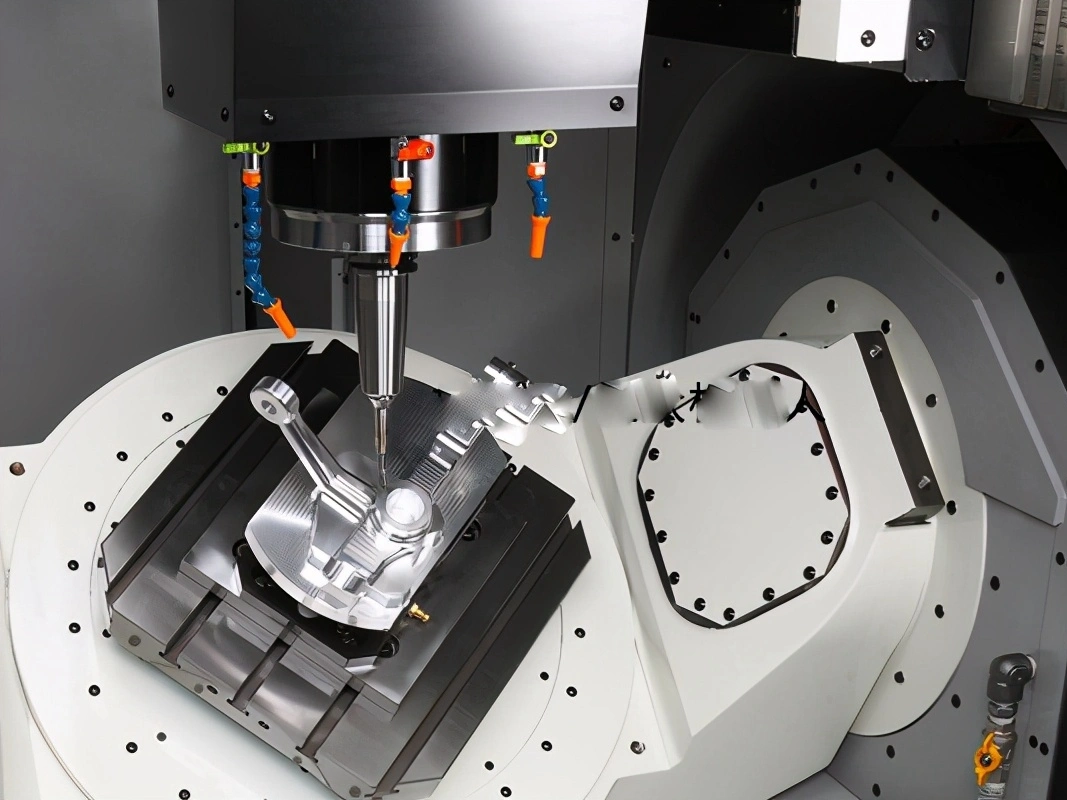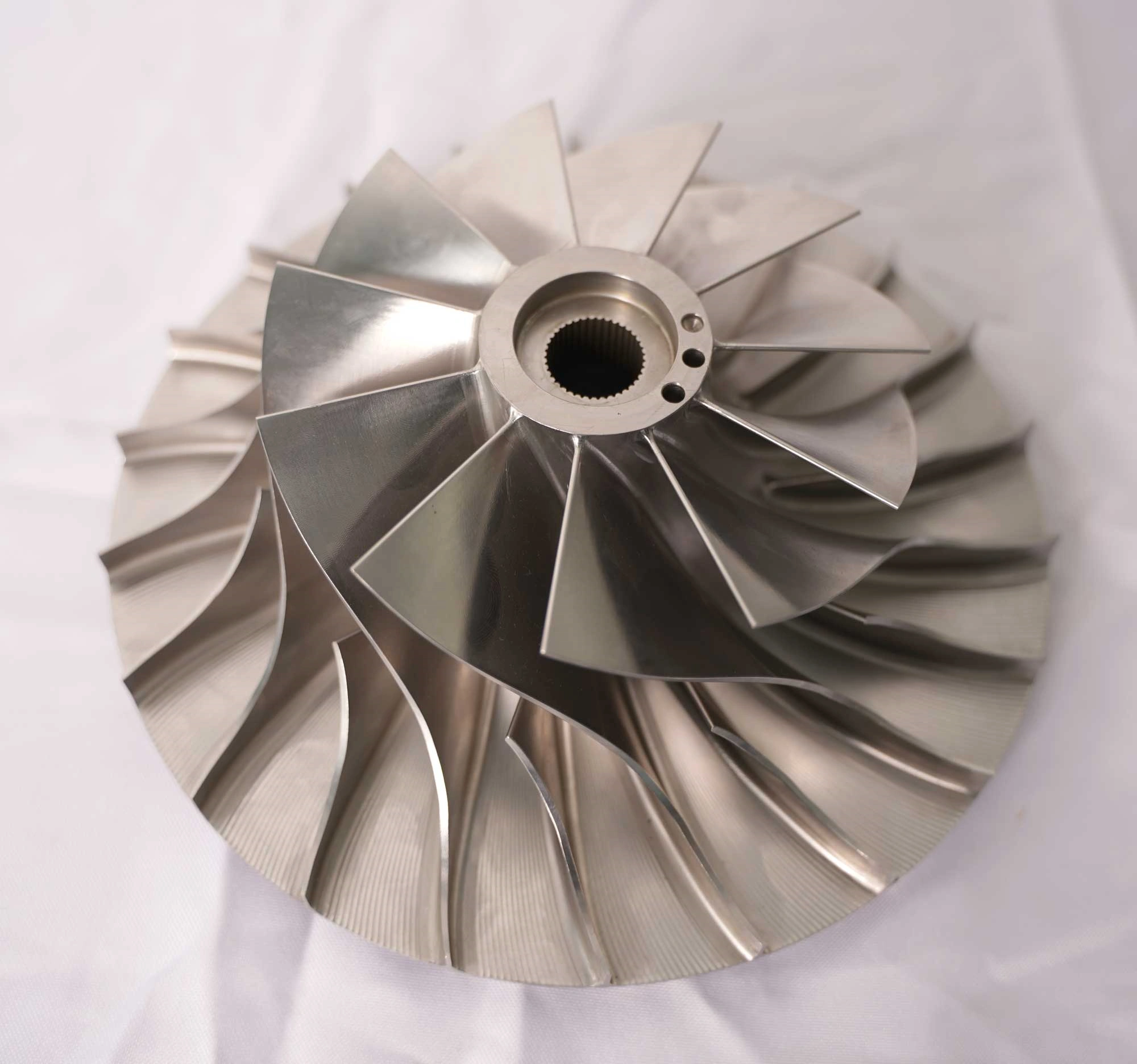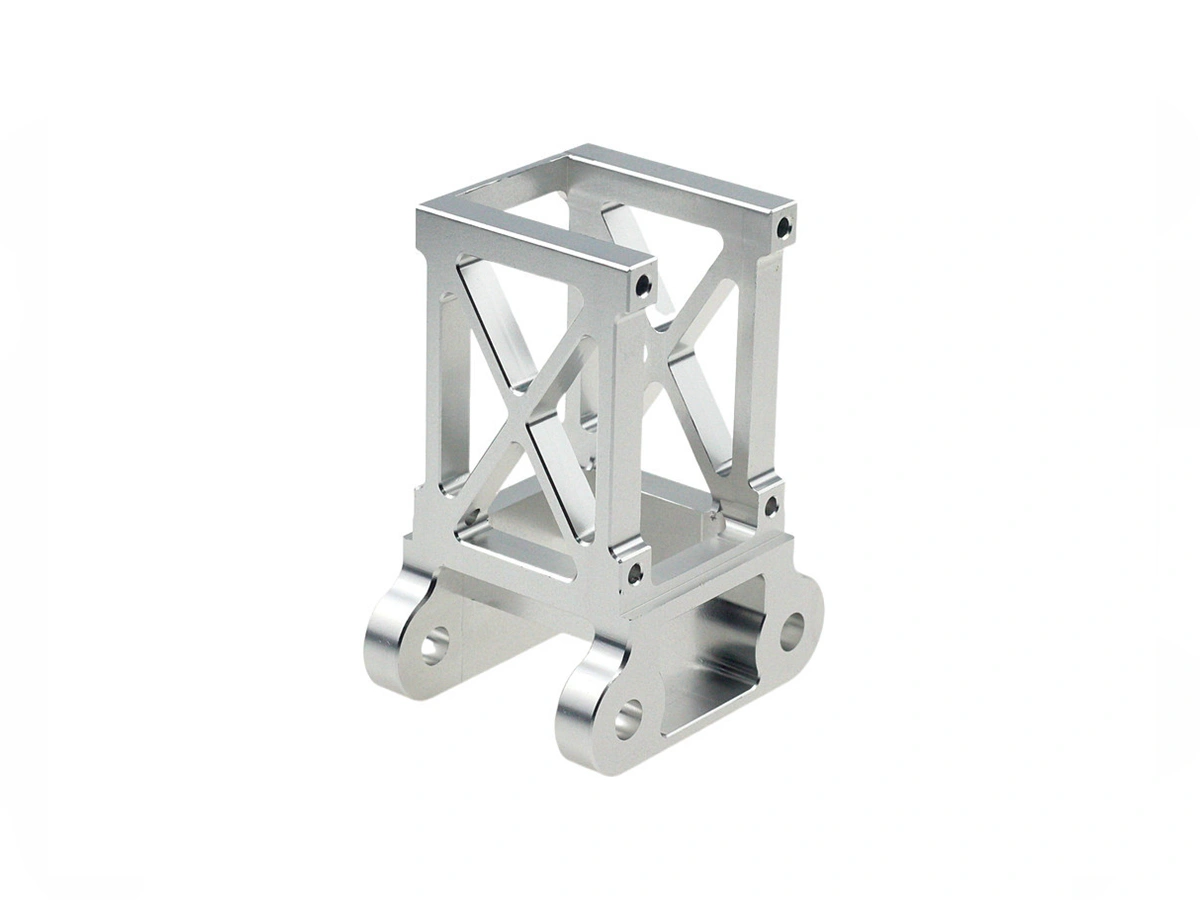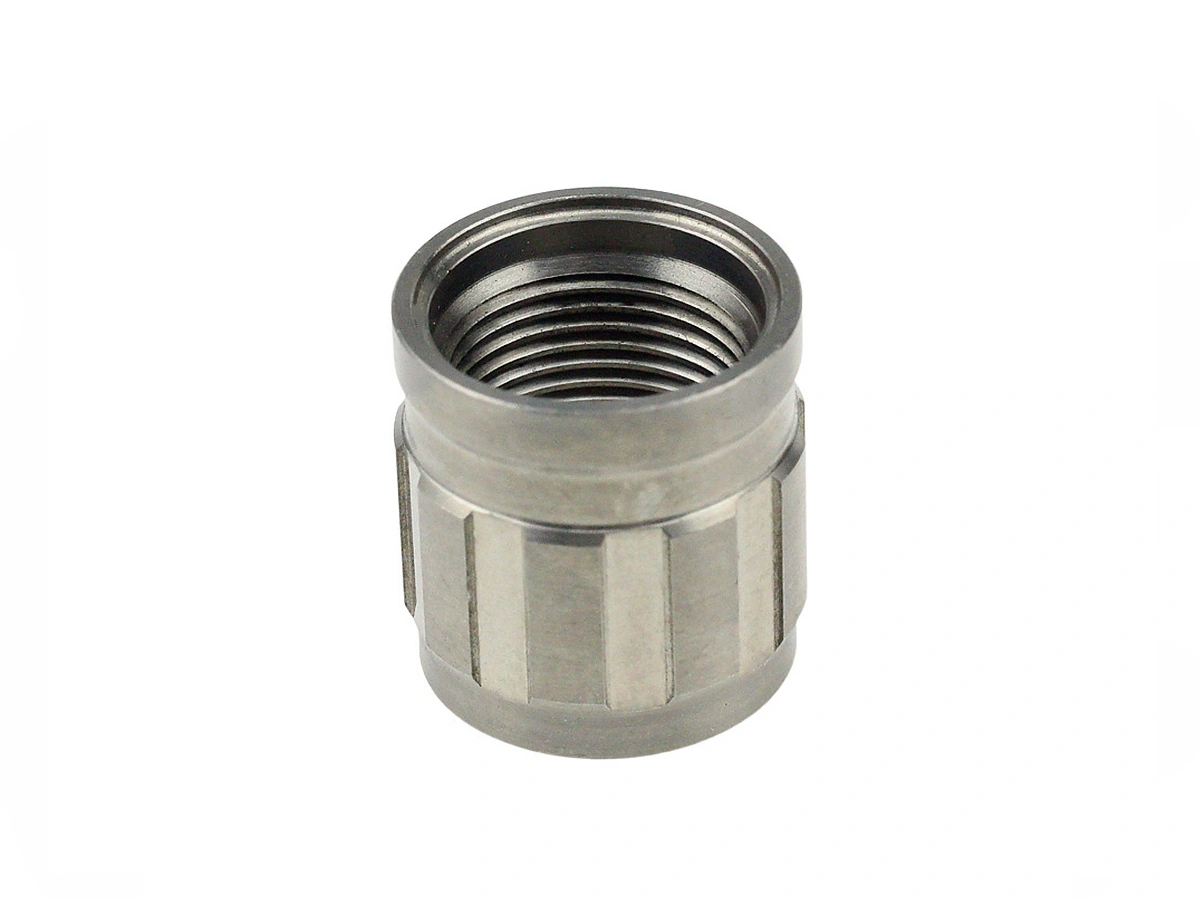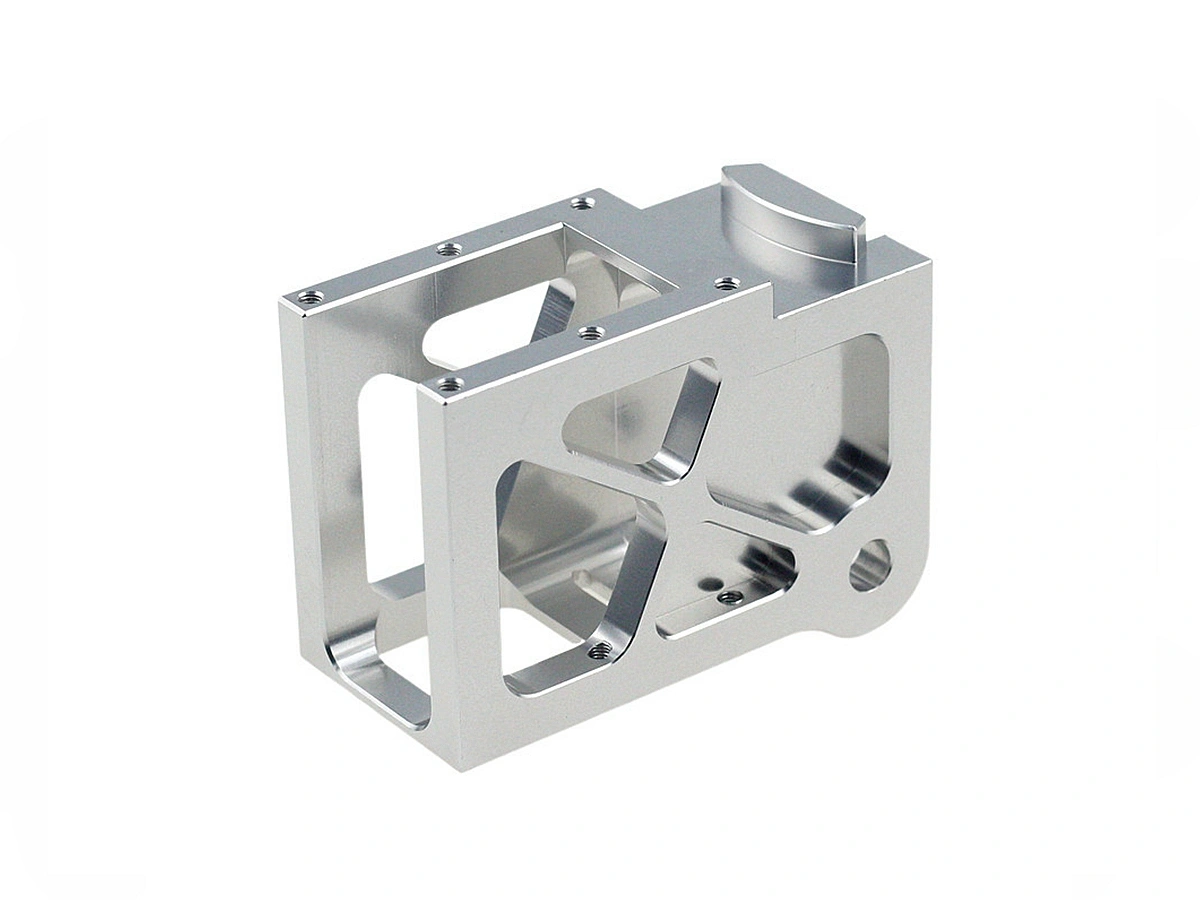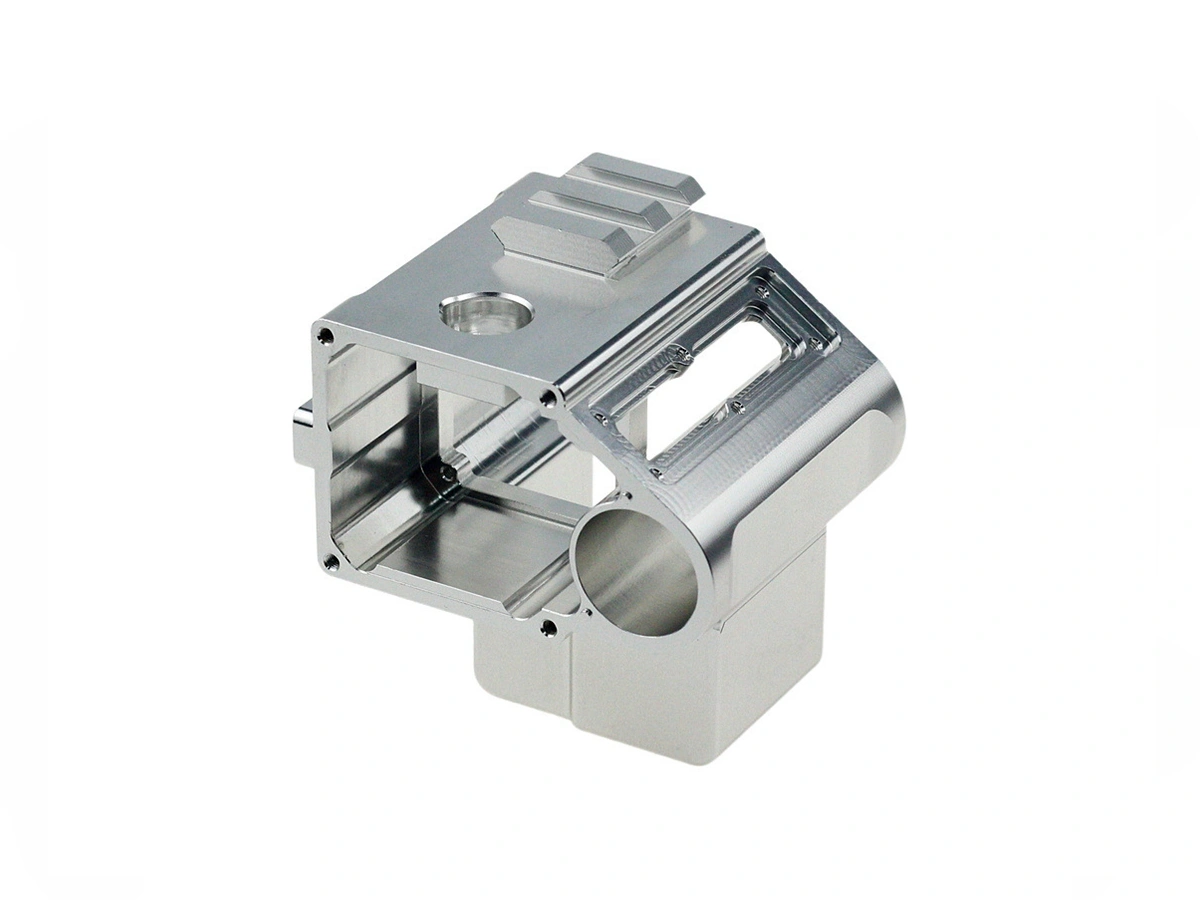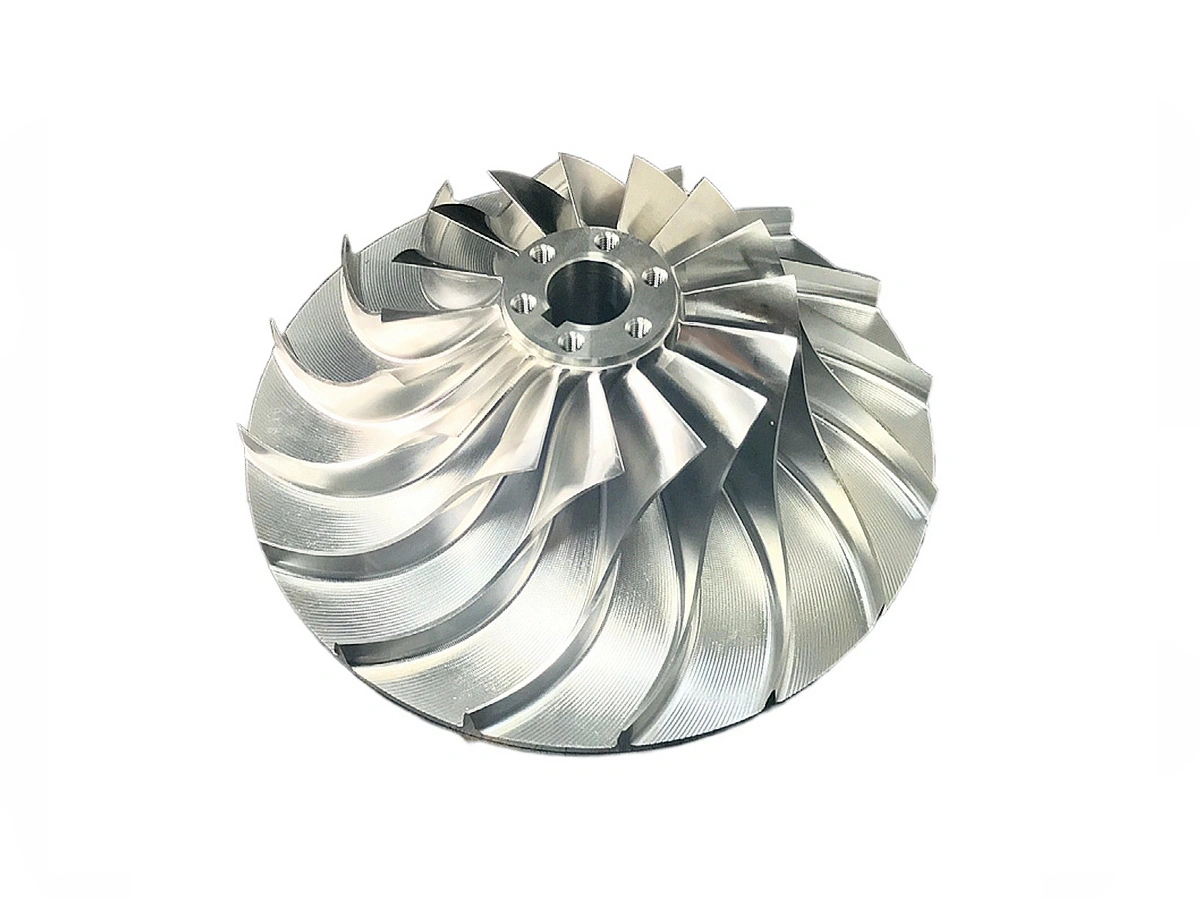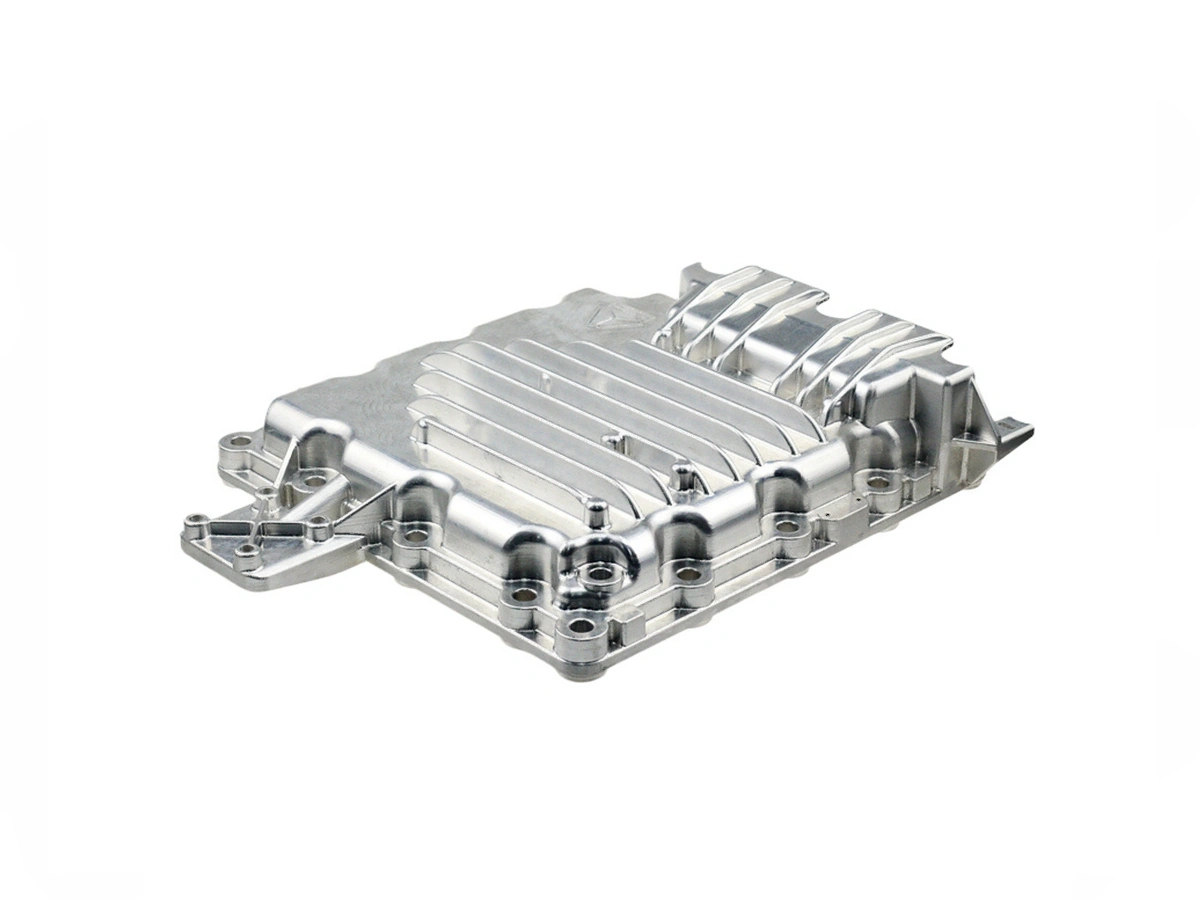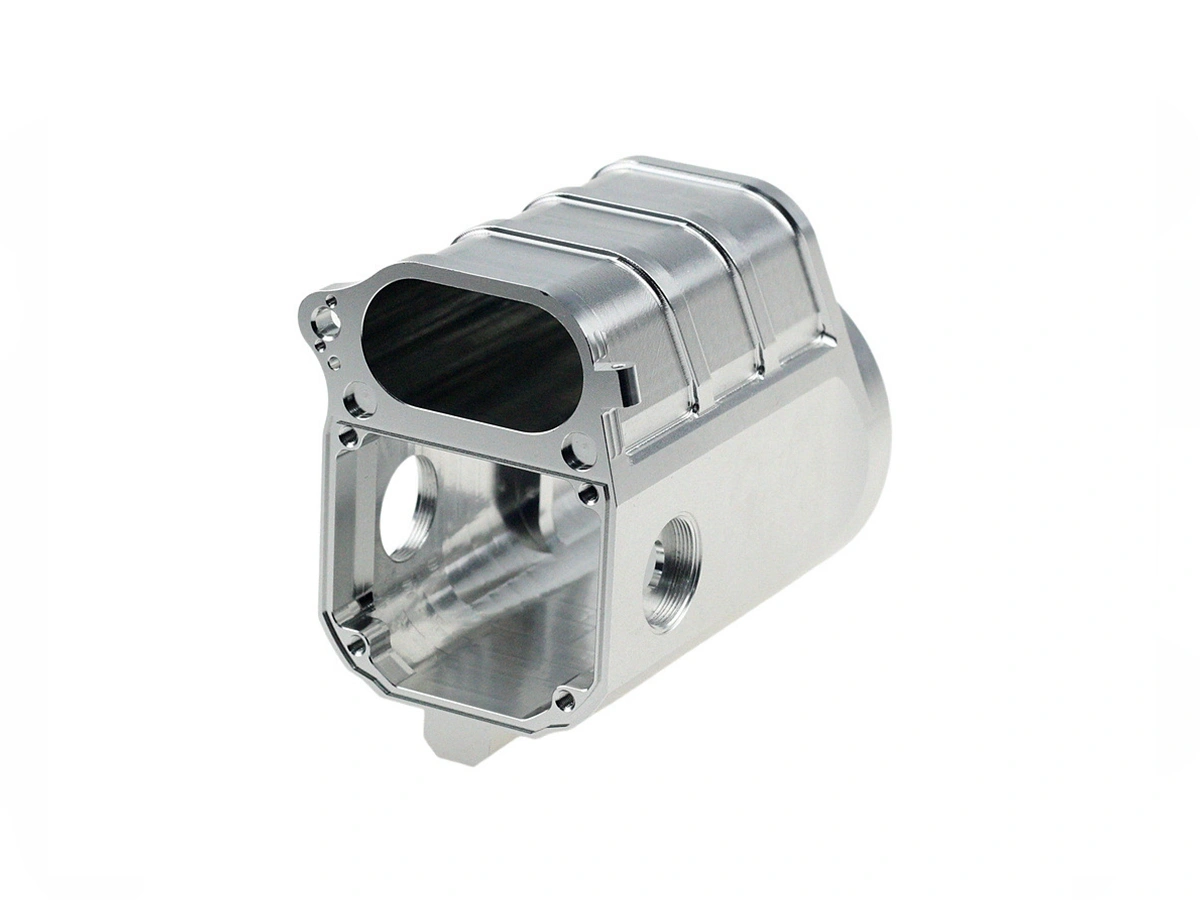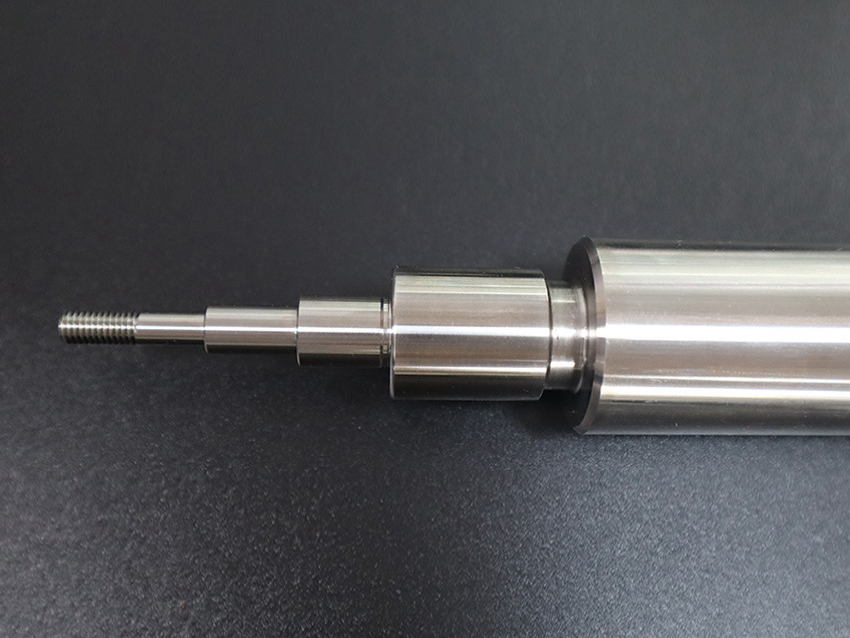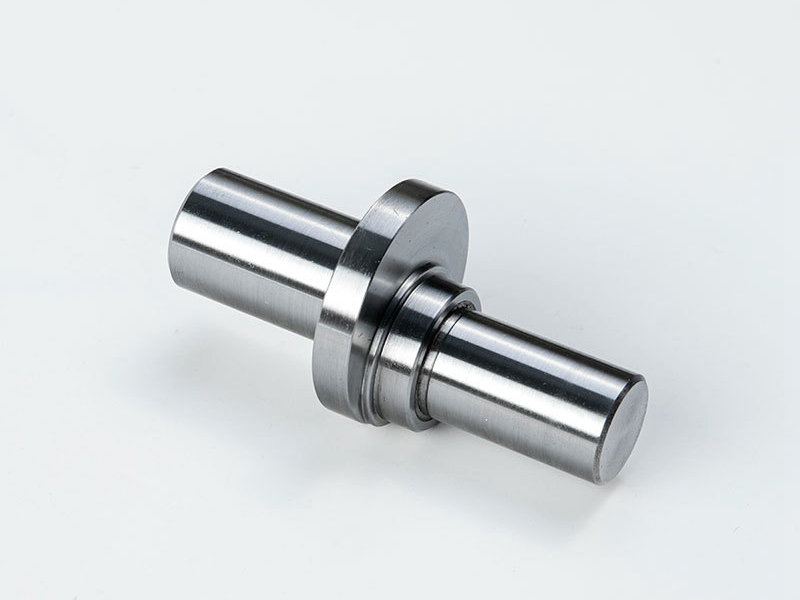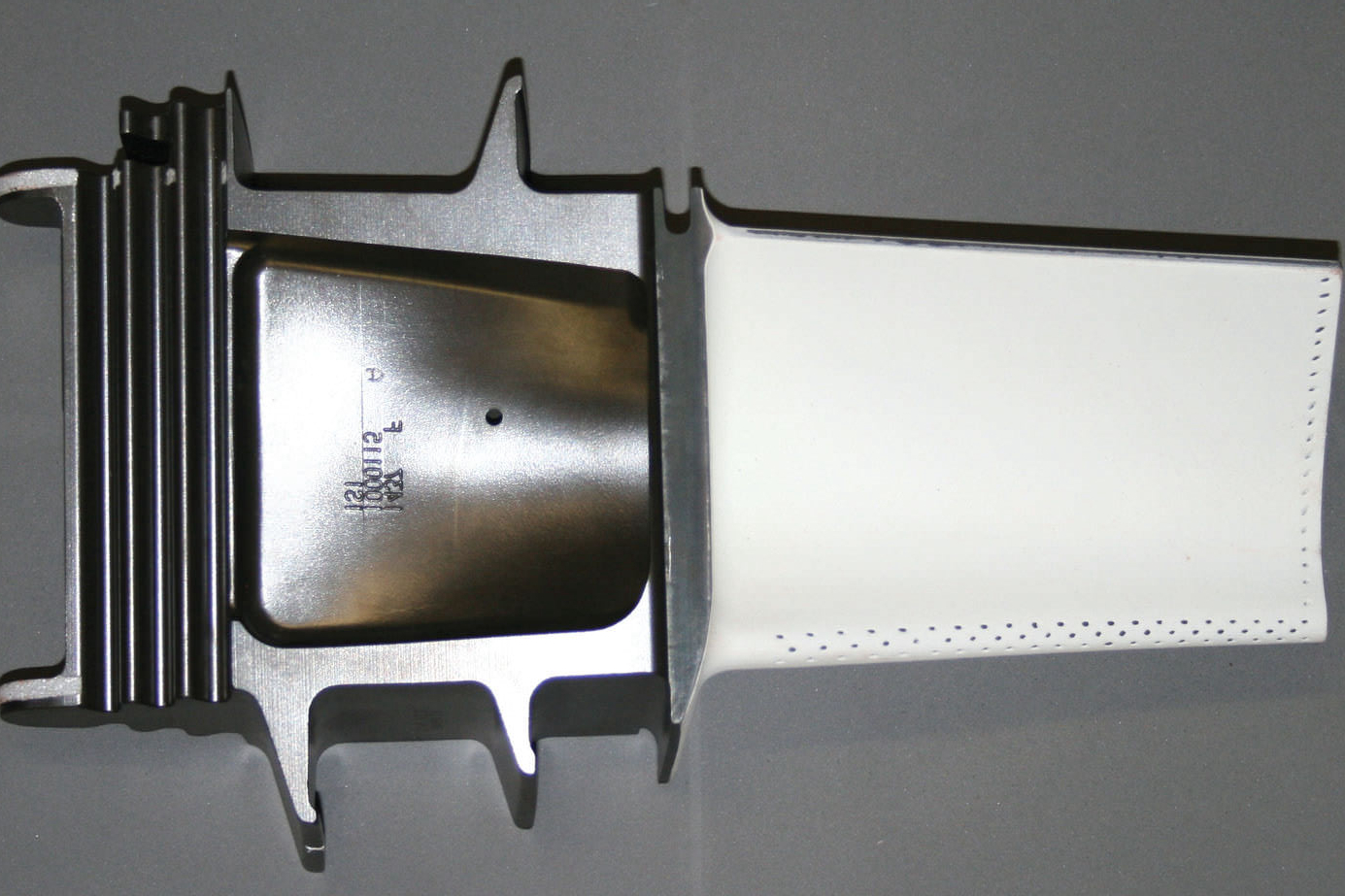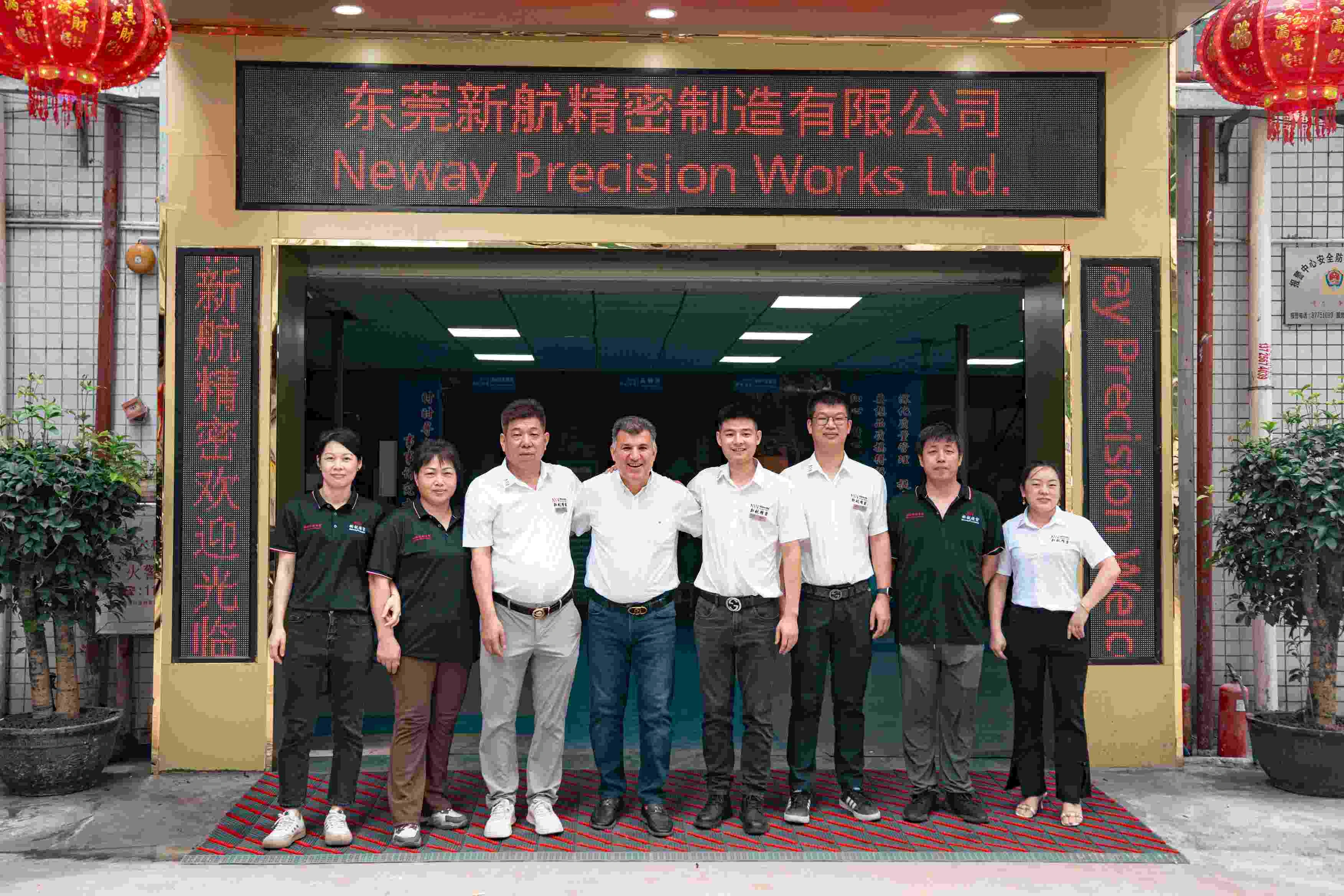Custom Parts Manufacturing Solutions
Automotive Components Manufacturing Service
Neway provides Automotive Components Manufacturing, offering CNC Machining, 3D Printing, Vacuum Casting, Die Casting, and Injection Molding. We deliver high-quality, precision-engineered parts to meet the rigorous standards of the automotive industry.
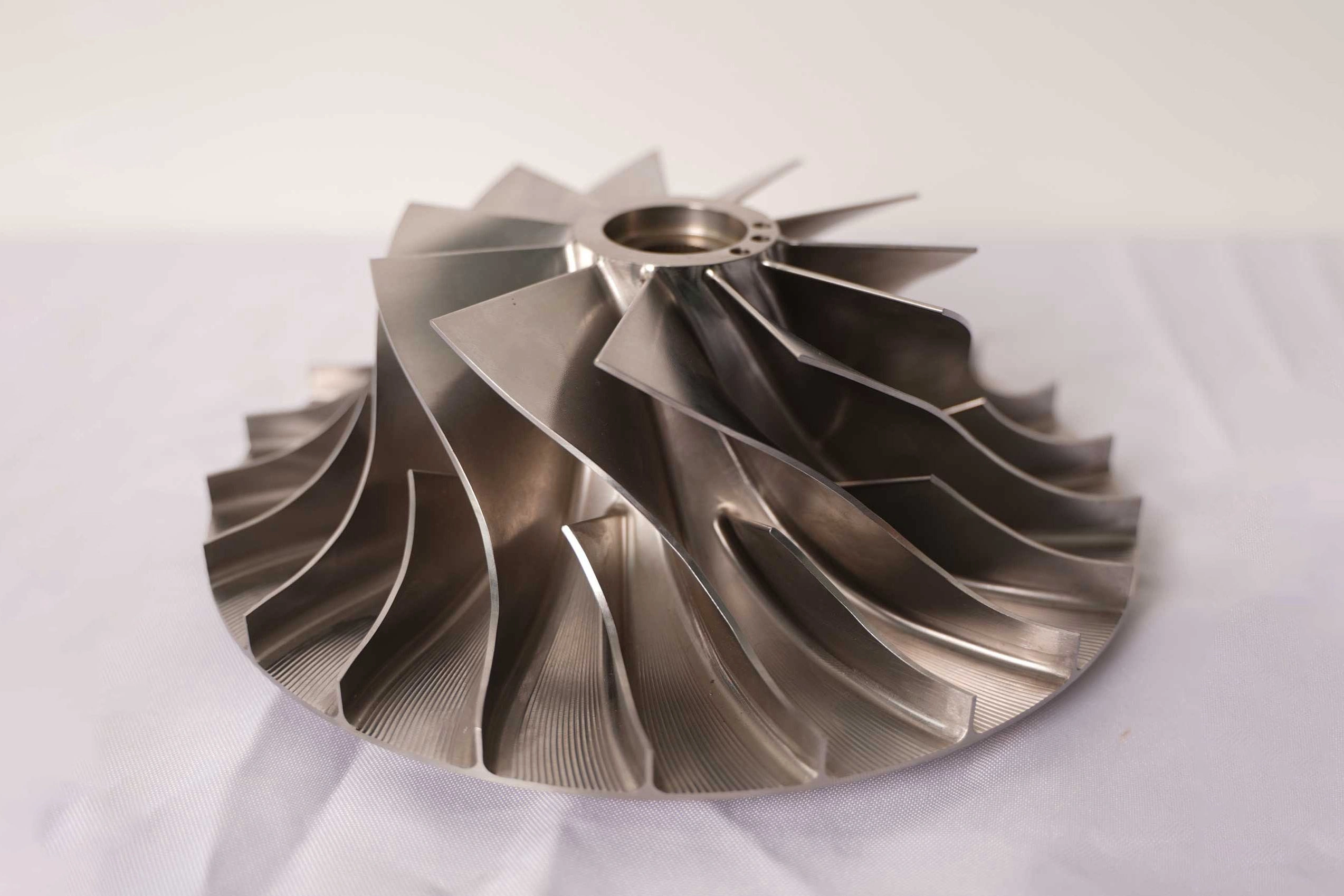
Custom Automotive Parts Machining
Custom automotive parts machining involves precision CNC processes like milling, turning, drilling, and grinding to create high-quality components for the automotive industry. With techniques such as multi-axis machining and EDM, parts are produced to meet exact specifications, ensuring optimal performance, durability, and fit. This service covers a wide range of automotive applications, from prototypes to production runs.
Automotive Material Selection
Materials such as superalloy, titanium, aluminum, copper, brass, bronze, carbon steel, stainless steel, plastic, and ceramic are chosen for automotive parts for their strength, lightweight properties, durability, corrosion resistance, and heat resistance, ensuring high performance and safety in automotive applications.
Typical Surface Treatment for Automotive Parts
Typical surface treatments for automotive parts include methods like anodizing, electroplating, powder coating, and PVD to enhance durability, corrosion resistance, and aesthetic appeal. Other treatments like heat treatment, black oxide, and sandblasting improve strength and performance, while finishes such as polishing, tumbling, and lacquering provide a smooth, visually appealing surface. These treatments ensure parts meet demanding automotive standards.
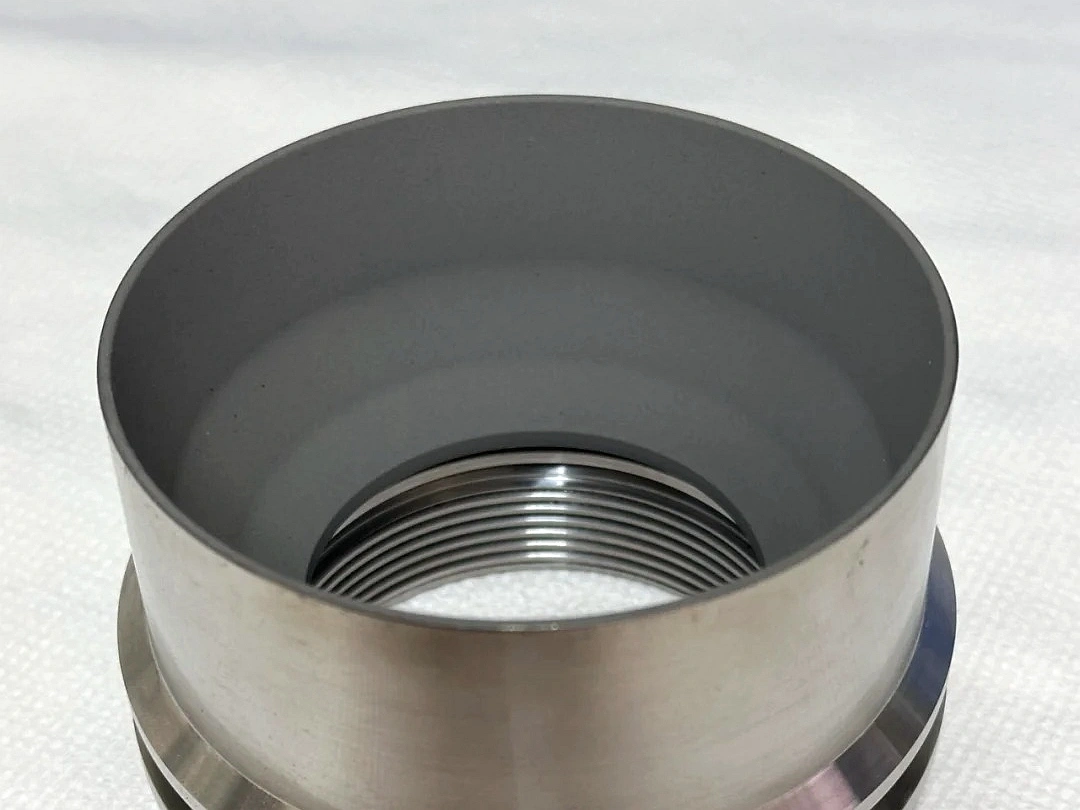
Learn More
Thermal Coating
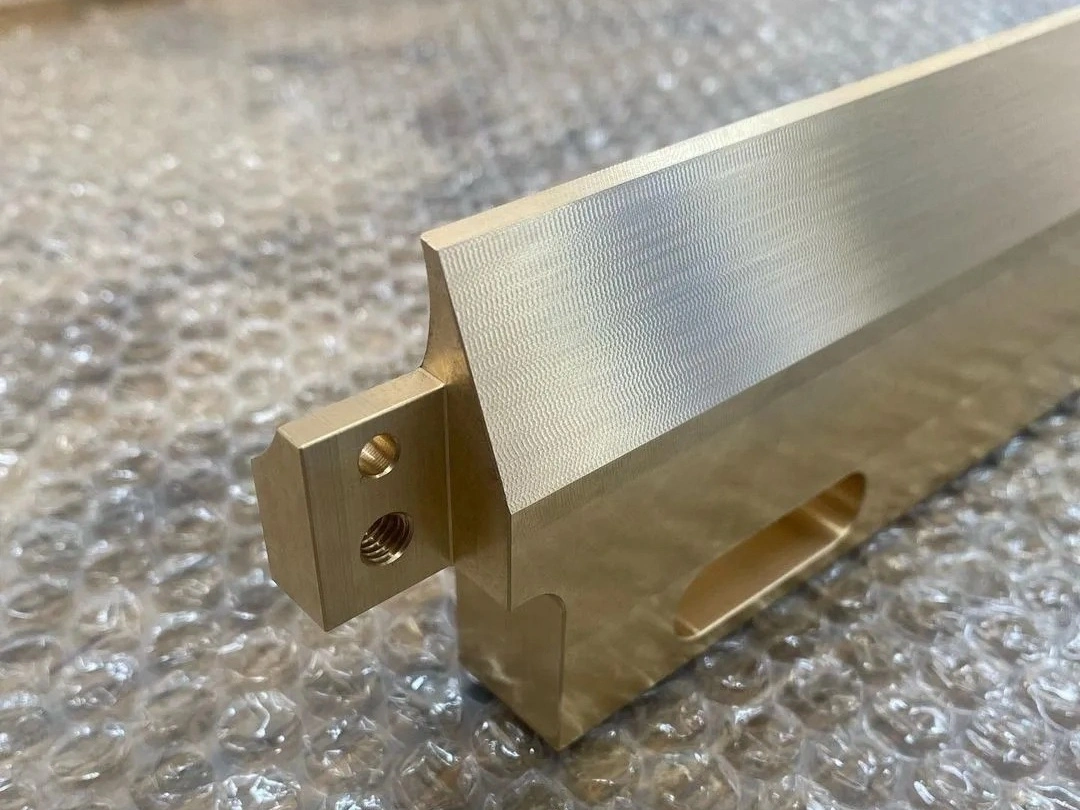
Learn More
As Machined
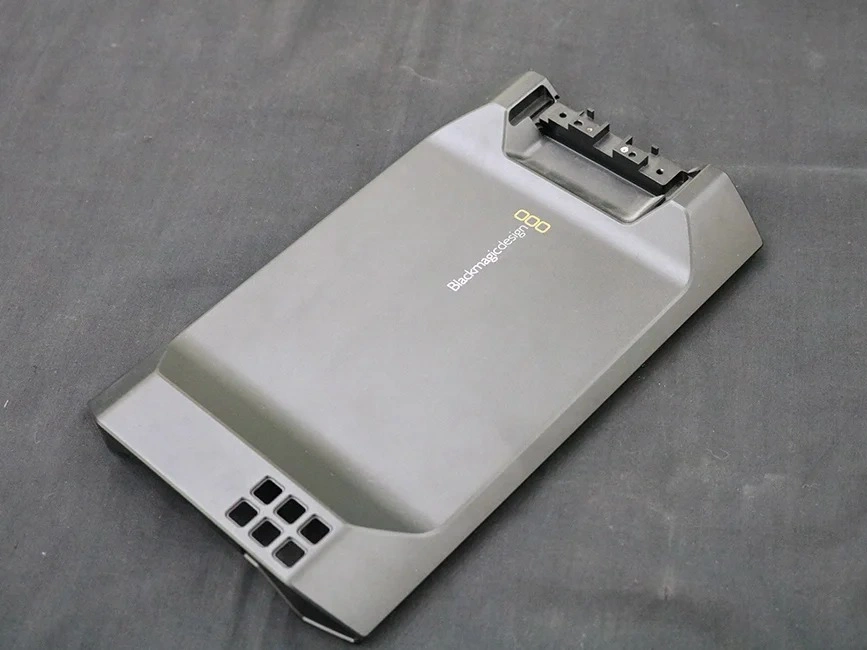
Learn More
Painting
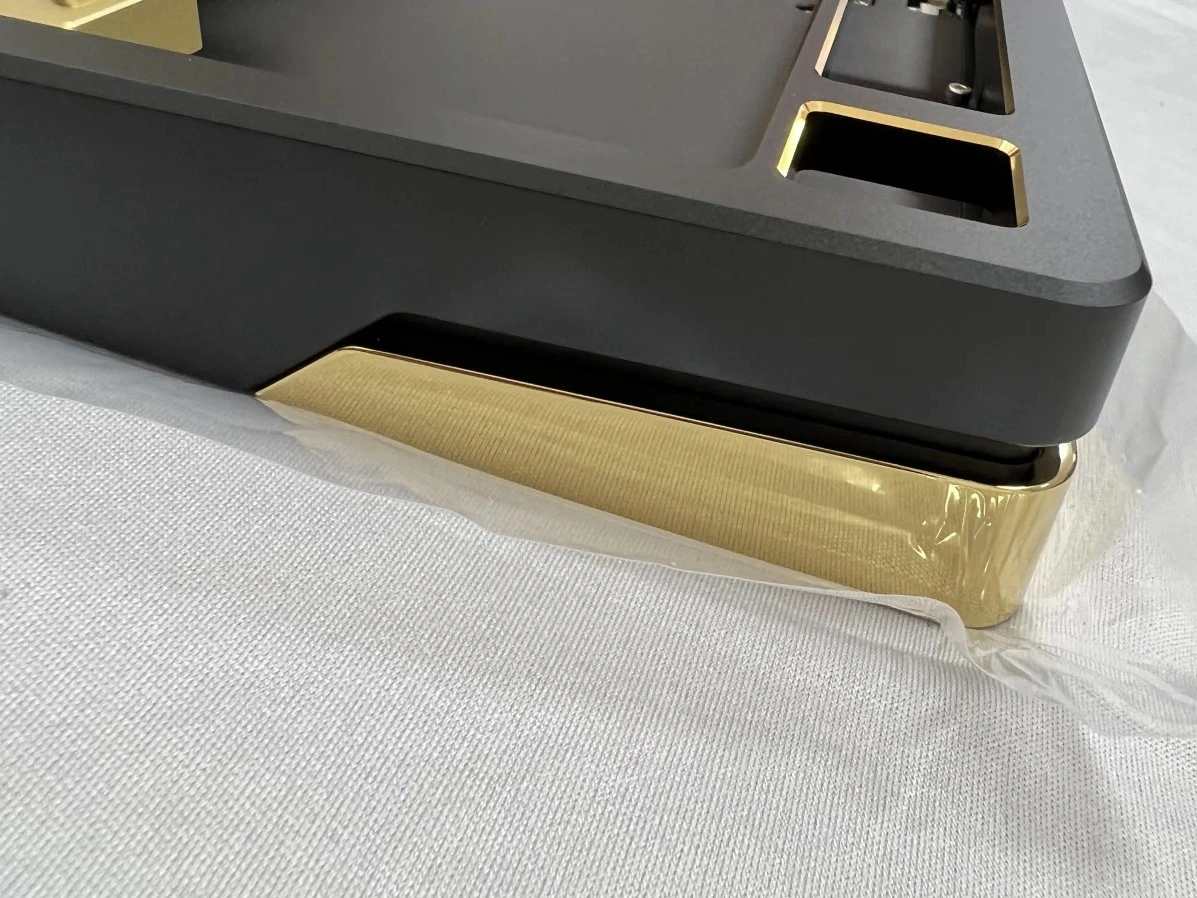
Learn More
PVD (Physical Vapor Deposition)
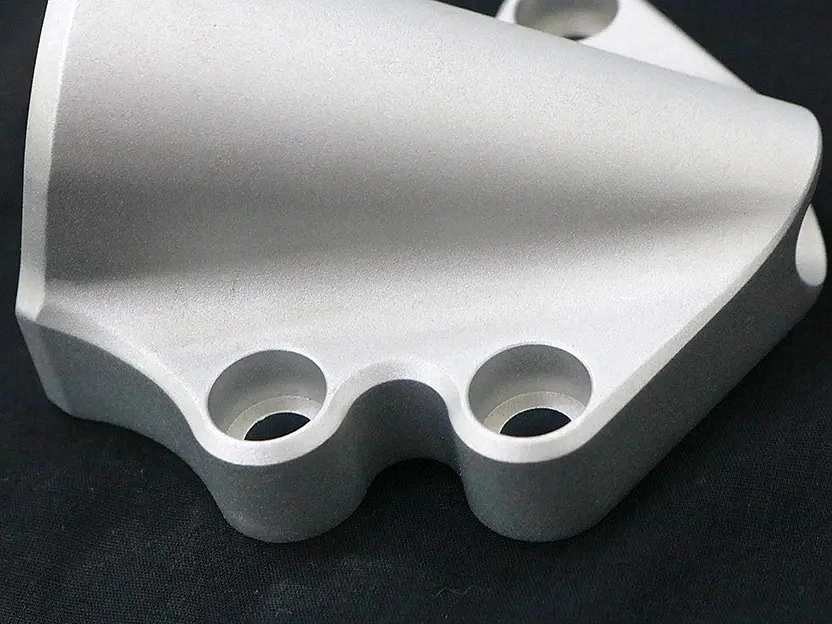
Learn More
Sandblasting
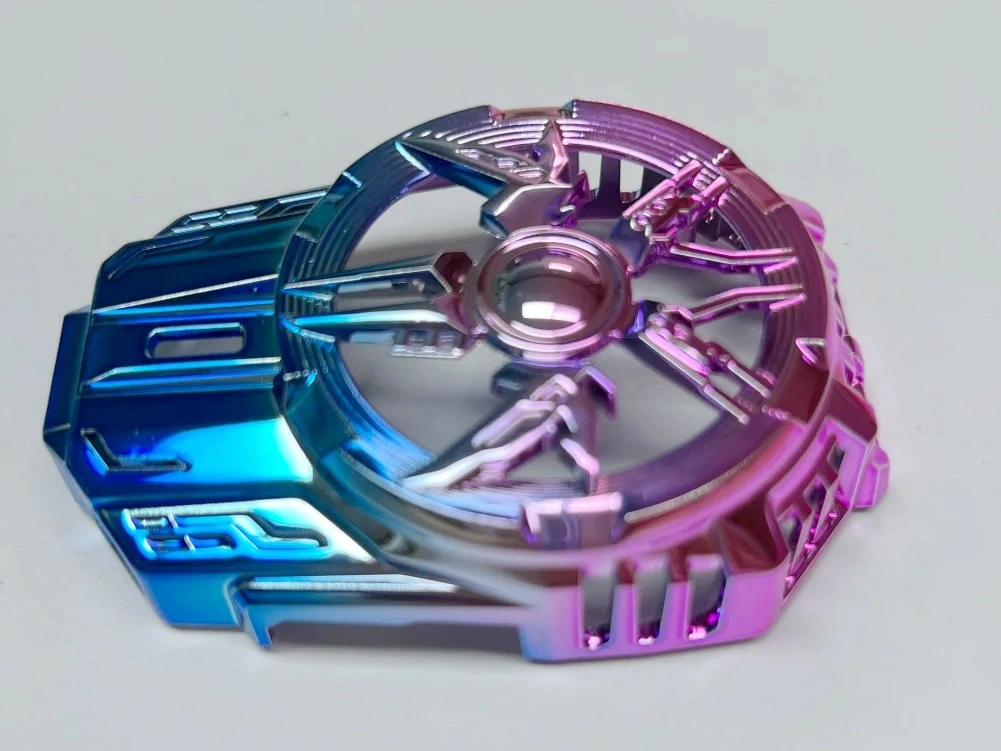
Learn More
Electroplating
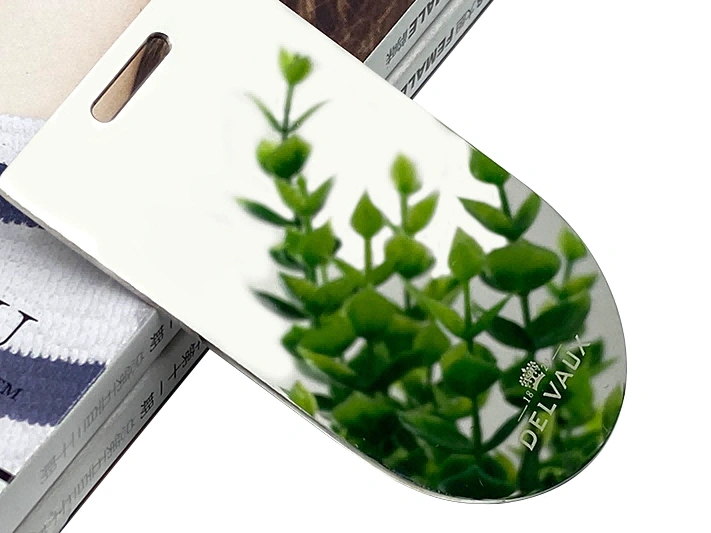
Learn More
Polishing
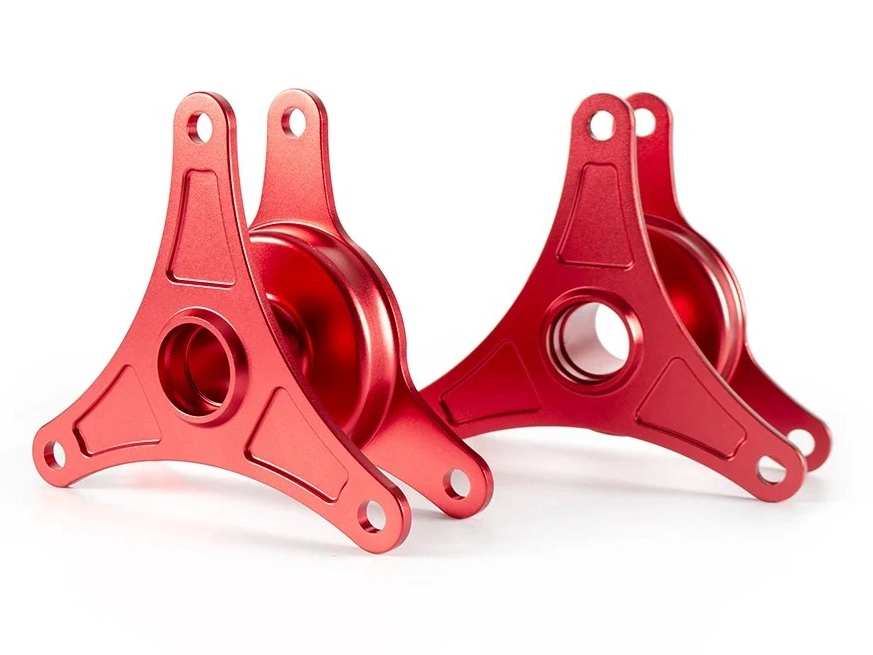
Learn More
Anodizing
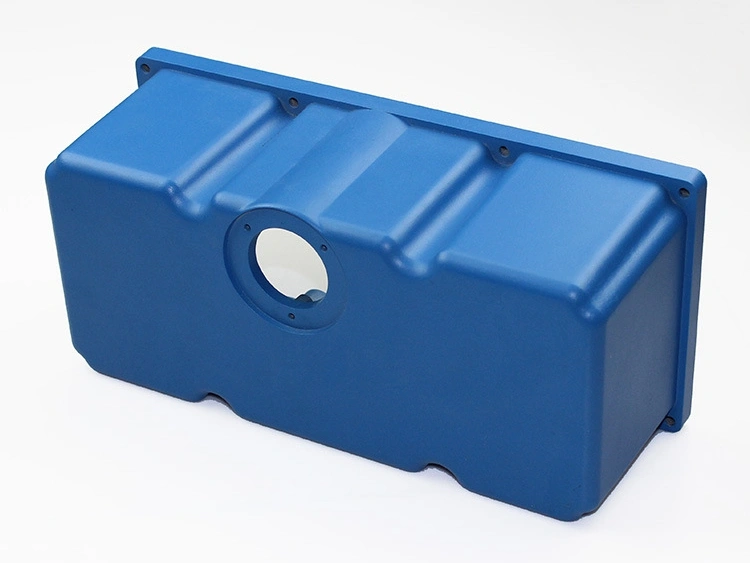
Learn More
Powder Coating
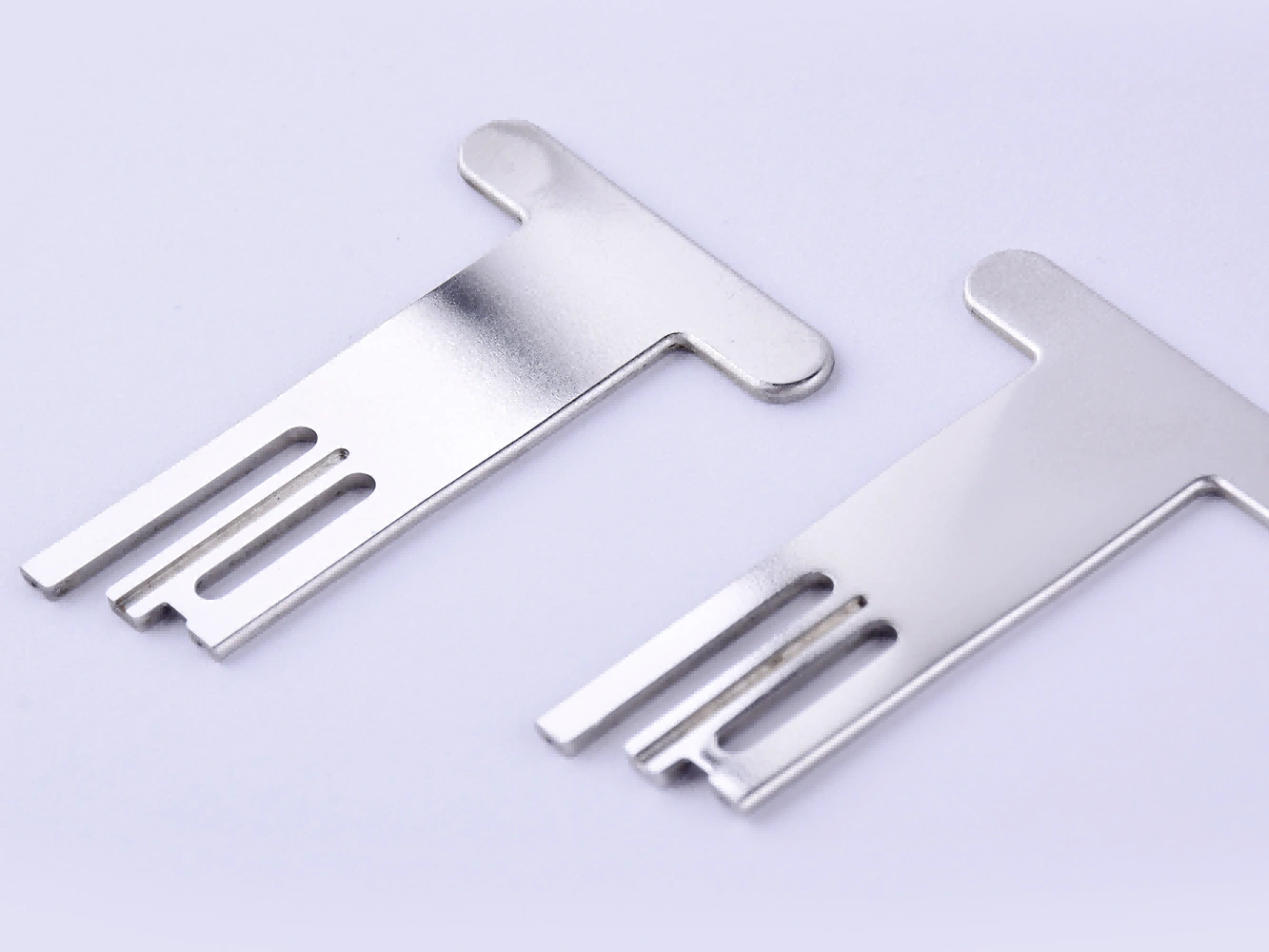
Learn More
Electropolishing
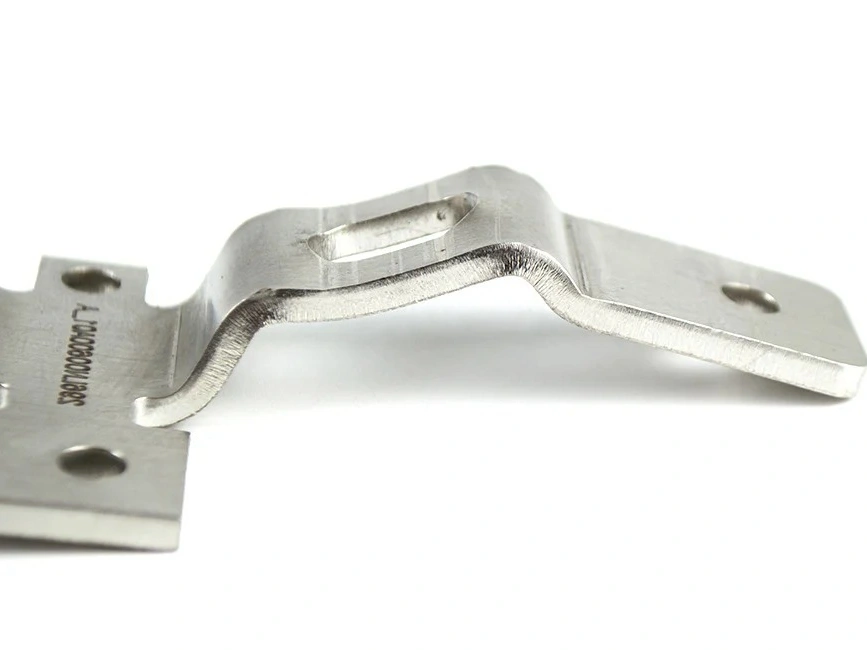
Learn More
Passivation

Learn More
Brushing
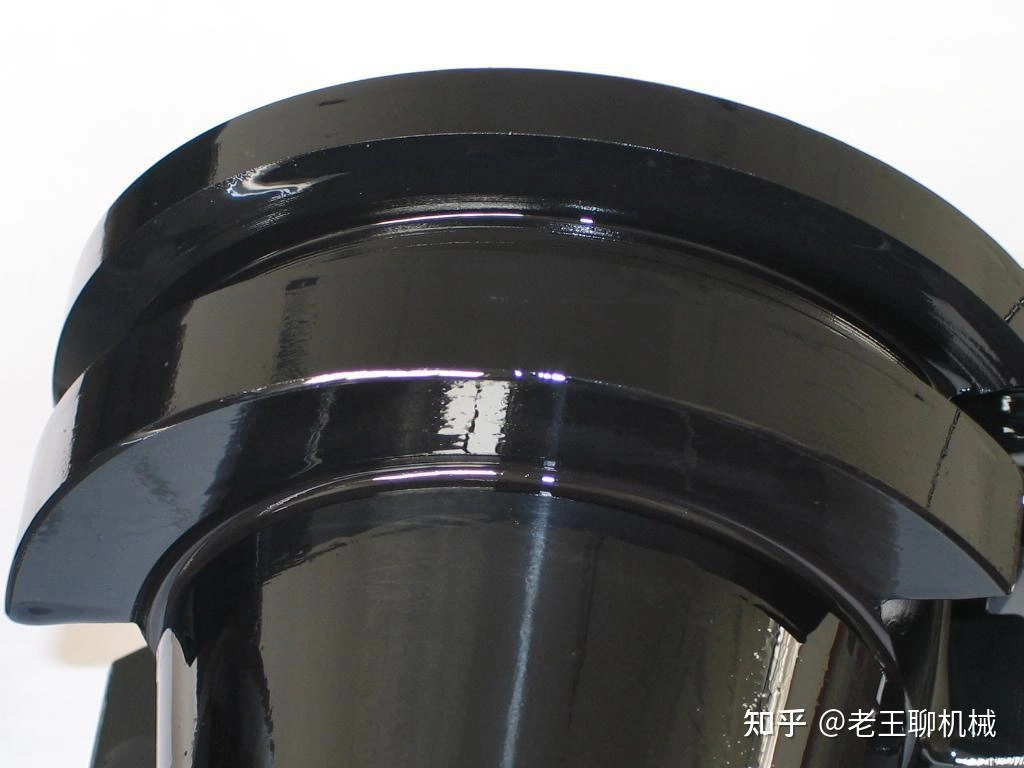
Learn More
Black Oxide
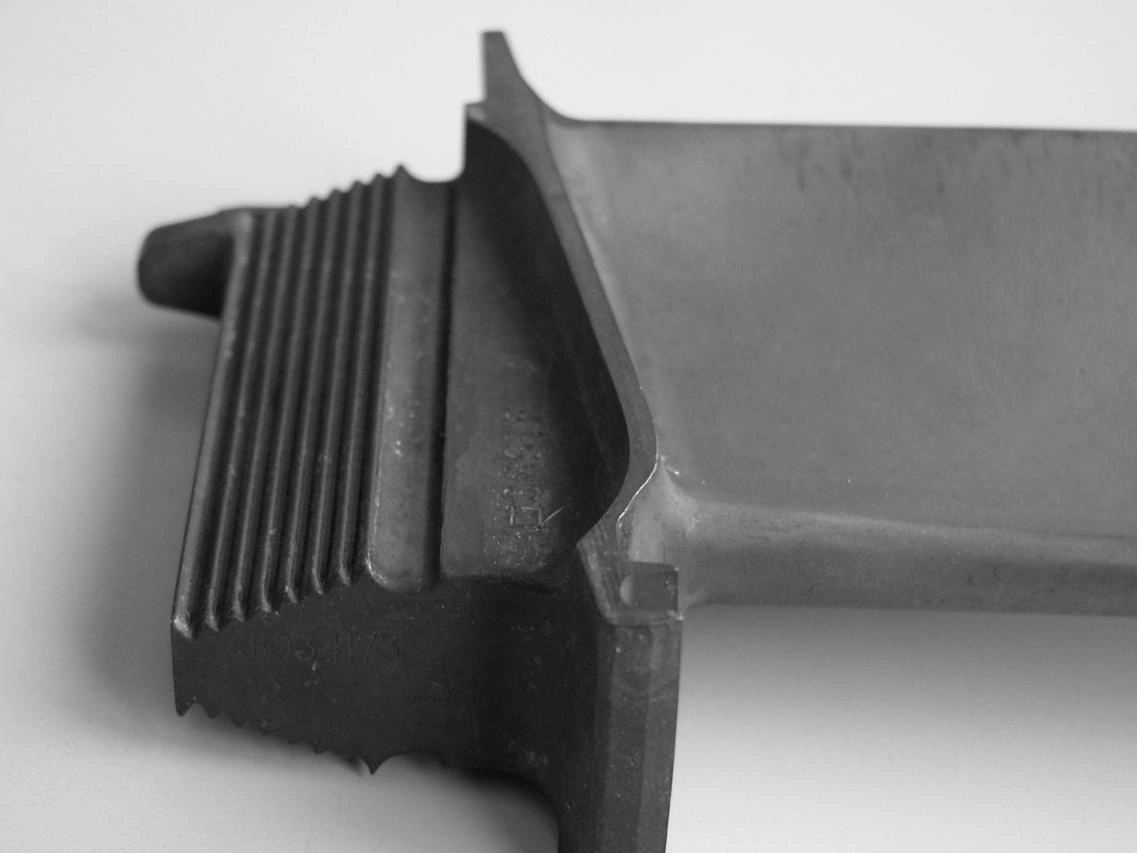
Learn More
Heat Treatment

Learn More
Thermal Barrier Coating (TBC)
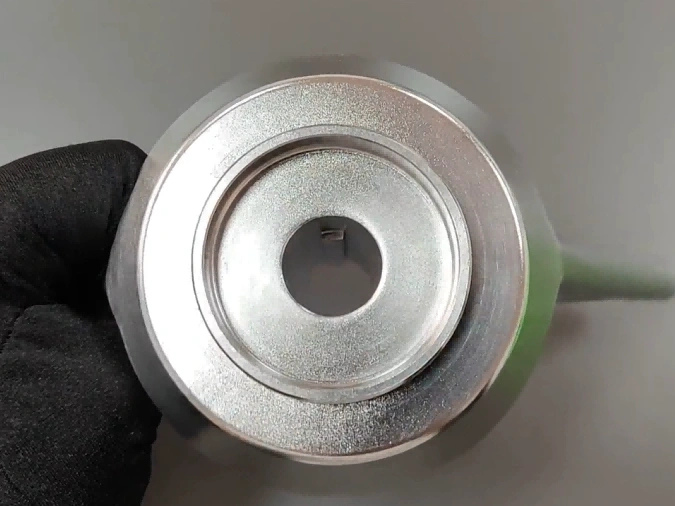
Learn More
Tumbling
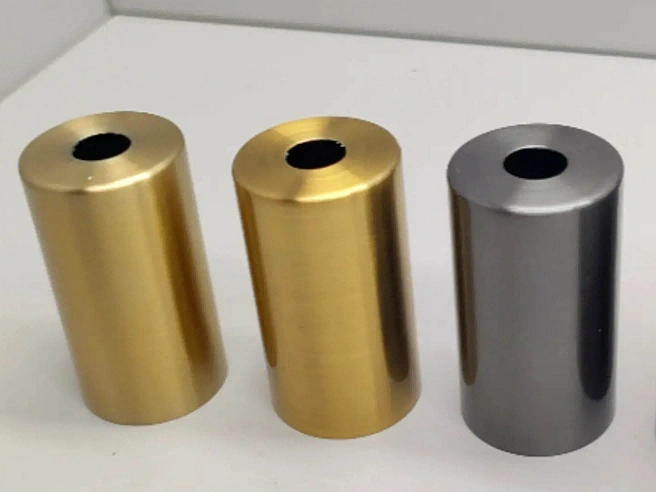
Learn More
Alodine
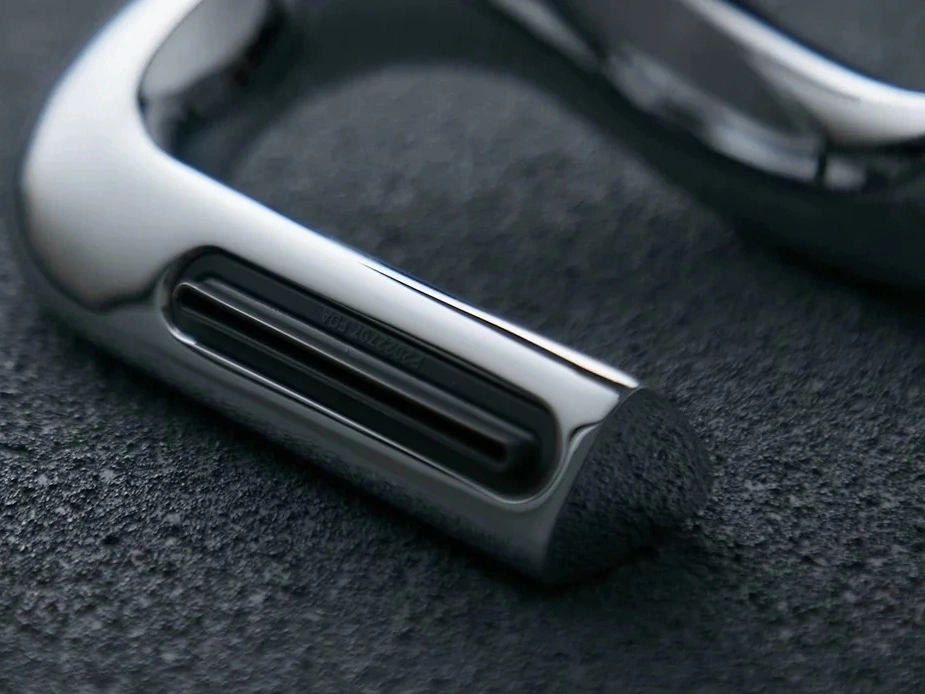
Learn More
Chrome Plating
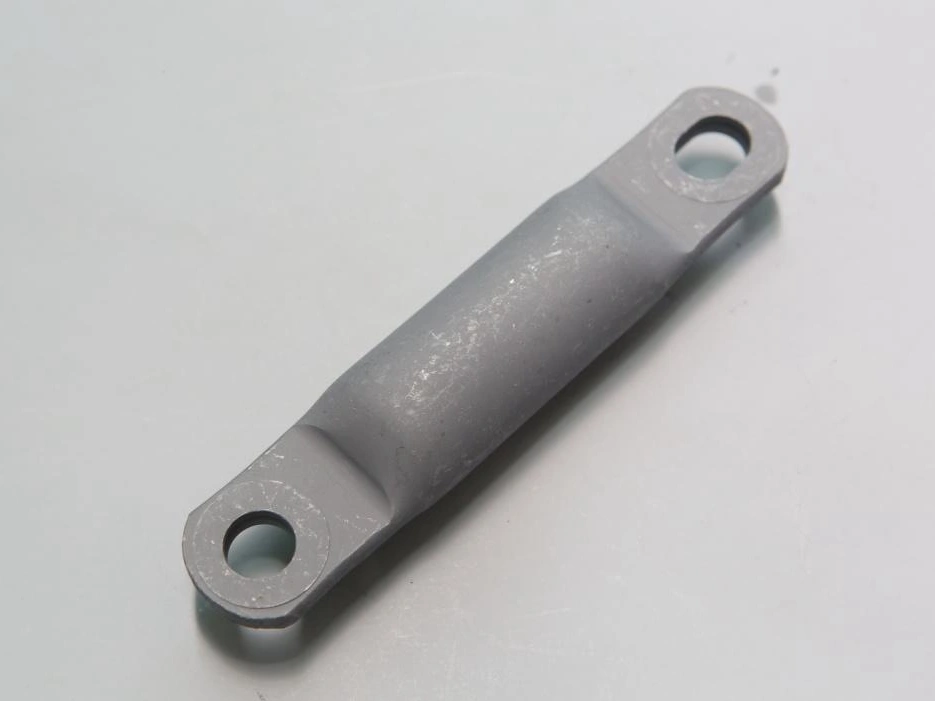
Learn More
Phosphating
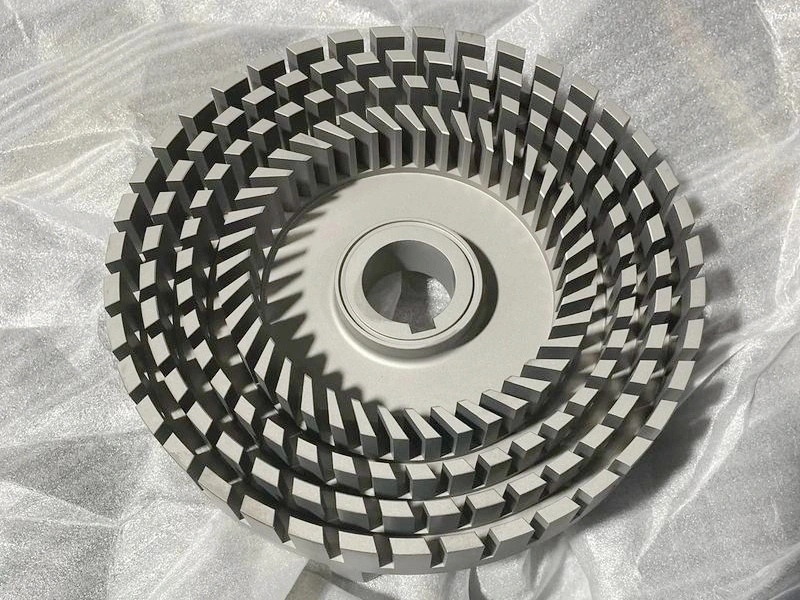
Learn More
Nitriding

Learn More
Galvanizing
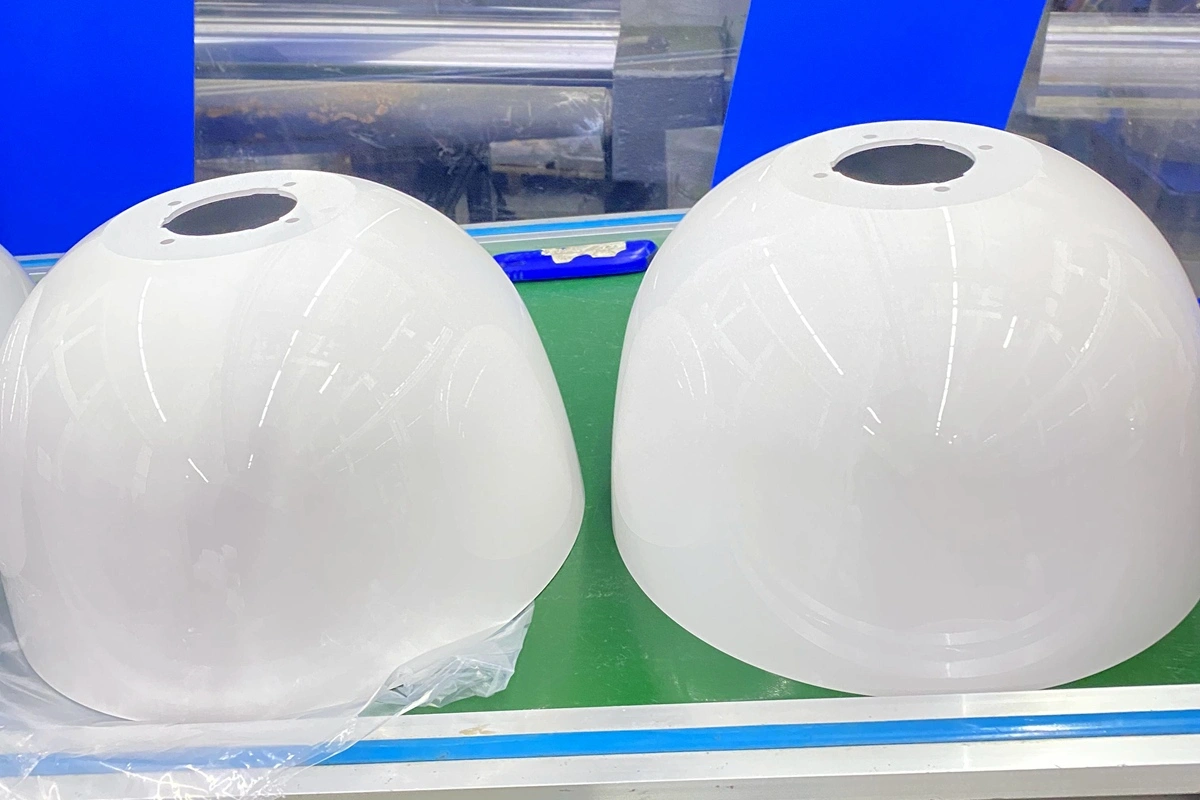
Learn More
UV Coating
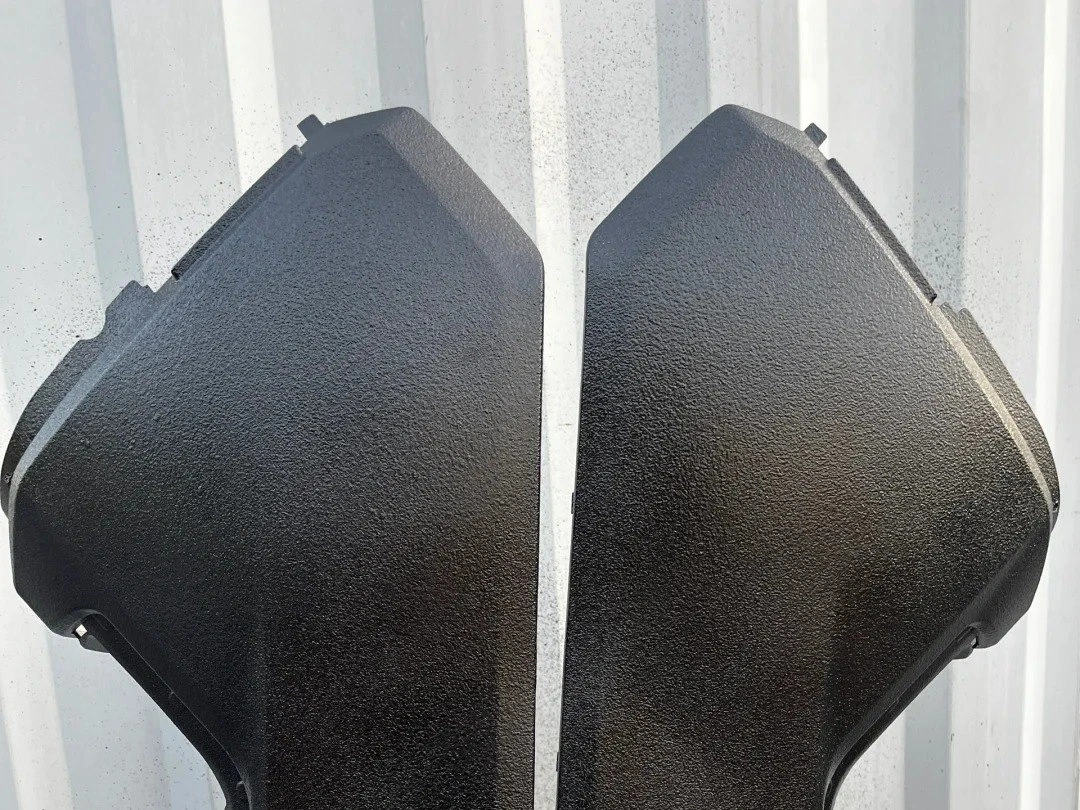
Learn More
Lacquer Coating
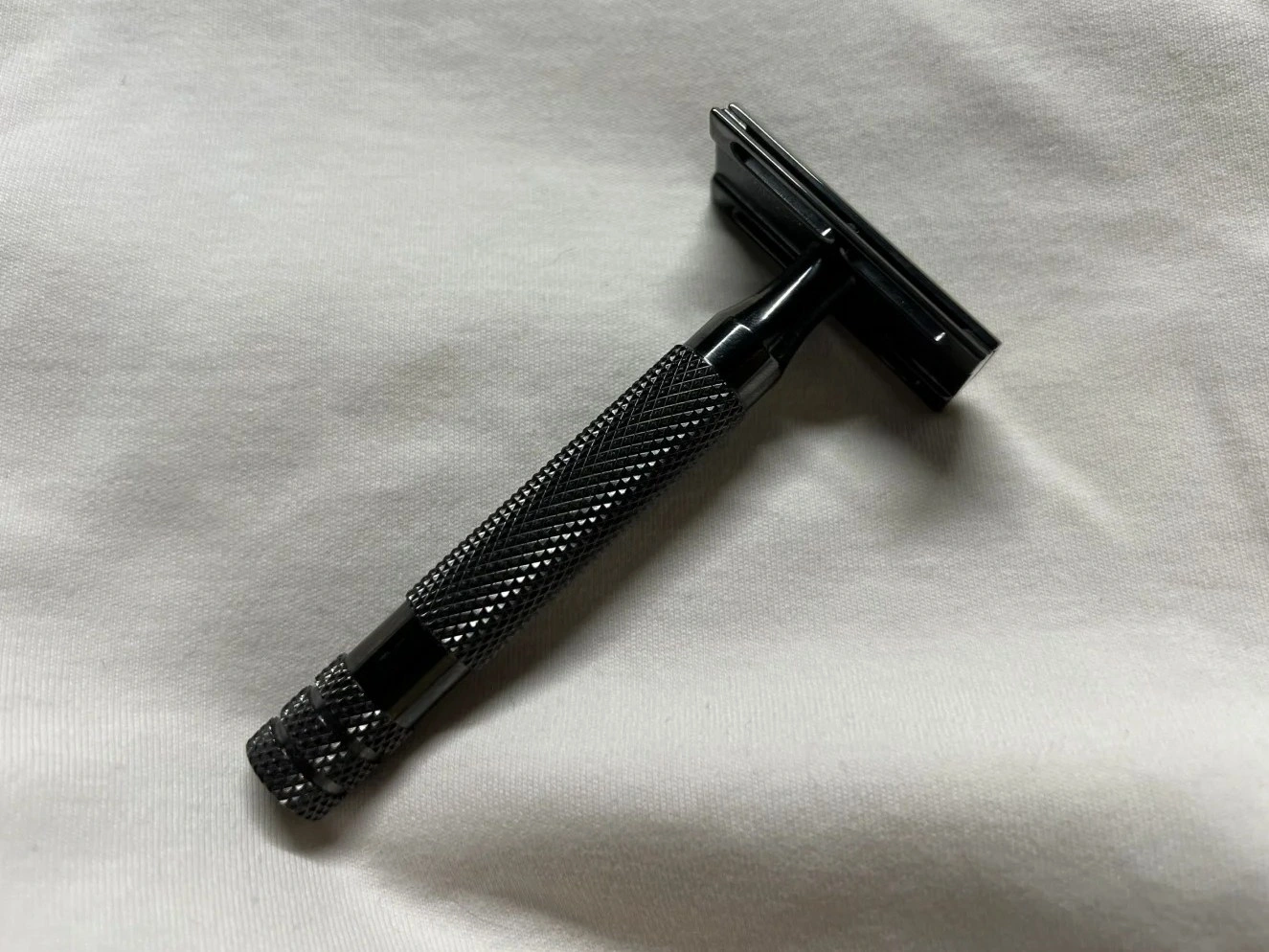
Learn More
Teflon Coating
Automotive CNC Machining Components
CNC machining provides precision parts for the automotive industry, from engine components to suspension systems, ensuring high performance, reliability, and safety in every vehicle.
Let's Start A New Project Today
Guide to Automotive Components Design and Manufacturing
Automotive part design demands fatigue durability, cost-efficiency, dimensional control, and process compatibility. This guide outlines critical design principles to ensure reliable performance and manufacturability in mass automotive production.
Frequently Asked Questions
Explore Related Resources
Solutions
Copyright © 2025 Machining Precision Works Ltd.All Rights Reserved.
